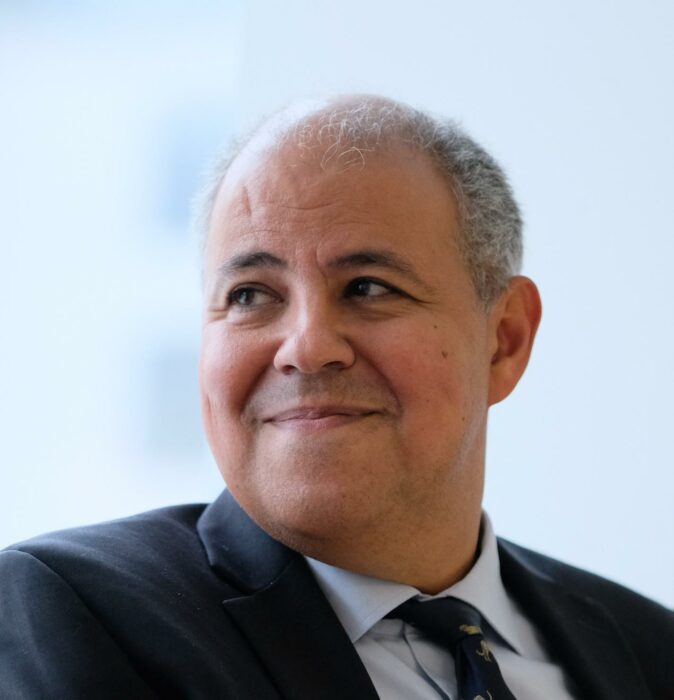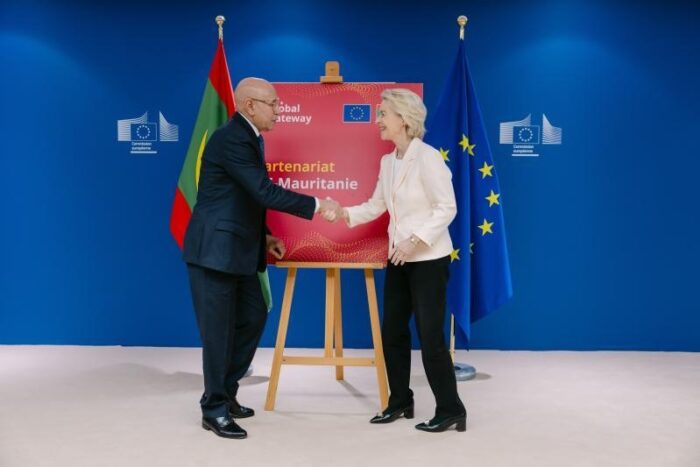The Progressive Post
Reforming development finance to address crisis times

The climate emergency, the Covid-19 pandemic and the Russian war in Ukraine are illustrative of our new era of permanent multiple crises. Development finance frameworks and institutions are not fit to address such tumultuous times. They must adjust their modus operandi to be more reactive and impactful in the face of greater risks and uncertainty.
Special times call for special actions. And systemic shocks call for systemic responses. This is the case as well for development finance approaches and institutions. The multiplicity of overlapping crises puts our international and European development systems to the test. The financing gap to achieve the Sustainable Development Goals (SDGs), estimated at $2.5 trillion pre-Covid-19 in 2019, has jumped 56 per cent to $3.9 trillion in 2020 already. With tighter budgetary and fiscal constraints, combined with increased geopolitical polarisation, we don’t seem to be willing or able to mobilise the development forces, in terms of finance and beyond, at the scale and impact needed to address the current climate, food, energy, socio-economic and humanitarian crises and their aftermaths.
We need to urgently rethink and adjust our approaches to sustainable development in general, and development finance in particular. This requires tailoring our systems and mechanisms to improve the capacity of financial institutions for development to react more promptly, at scale, for greater impact, stimulating both the recovery and resilience of developing countries.
The rise of development finance
Over the last decade, development finance has significantly increased, placing a greater emphasis on mobilising private capital. The broad community of public development banks (PDBs), comprising over 500 institutions in 154 countries with a total asset of $23 trillion, has come to the forefront of the SDGs agenda. Multilateral development banks (MDBs) have been particularly active in recent years. In response to the pandemic, they immediately increased their lending commitments by nearly 40 per cent. And they still managed to raise their climate finance by over 20 per cent in the period 2019-2021 (from $ 41.5 billion to $ 50.7).
In the European Union, an open system of blended finance and guarantee mechanisms was put in place, to further leverage more impactful activities of the (European – but not only) PDBs and development finance institutions (DFIs) in particular – focused on private sector operations. The establishment of the European Fund for Sustainable Development plus (EFSD+) and, since the outbreak of the Covid-19 pandemic, the adoption of a ‘Team Europe approach’, combining the efforts of various development actors, have contributed to strengthening the European financial architecture for development (EFAD).
A development finance system stretched to its limits
Yet, our era of permanent crises seems to have stretched the current framework of development finance to its limits. Current responses are not at the scale and impact needed.
Compared to the global financial crisis, the MDBs’ response was more muted under the Covid-19 pandemic (79 per cent increase of commitment in 2008-2009 compared to 39 per cent in 2020), although vulnerable people and countries were hit more harshly. European DFIs struggled to limit the fall of their activities following the pandemic outbreak in 2020 (-10 per cent of commitments), and had to work very hard to rebound in 2021 (+15 per cent in value).
The Russian war in Ukraine and its consequences, first, of course, for Ukraine, but also for the global economy and more vulnerable countries, has further increased the finance divide and recovery gap between developing countries and advanced economies. This, in turn, further stretched the existing capacity of the financial institutions for development, unable, despite their efforts, to address at scale the fast-rising needs.
At the COP27 summit, the failure of developed countries to meet their pledge once again to jointly mobilise $ 100 billion per year for climate finance in developing countries illustrates the difficulties of living up to expectations and their commitments. The agreement on the new ‘Loss and Damage’ Fund for Vulnerable Countries, the estimate that climate adaptation annual needs of developing countries could reach as much as $ 340 billion by 2030, and the recognition that the transition to a low-carbon economy will require between $ 4 billion to US$ 6 trillion per year, illustrate well the rising climate-related, nature protection and biodiversity financial needs.
Adjusting the development finance business model
The international community and the EU should jointly engage in systemic reforms and adjustments of development finance approaches and institutions to better respond to rising needs, risks and uncertainties of our permacrisis era. These include:
- Adopting emergency rapid responses: lessons should be drawn from good practices and challenges encountered during the recent crises to adjust PDBs/DFIs’ mandate and operating model, traditionally geared to slower and long-term development engagement.
- Adjusting to rising risks and uncertainty contexts: PDBs/DFIs and their shareholders should enhance their risk appetite, rely more extensively on guarantee and insurance mechanisms, and adjust their long-term strategies to become more agile in responding to a more uncertain and rapidly changing environment.
- Increasing the focus of development finance on resilience, fragile contexts and adaption to not only help address crisis situations but also help overcome them.
- Engaging more actively in humanitarian actions, drawing on relevant experiences by PDBs/DFIs to help address the rapidly widening humanitarian funding gap.
- Implementing key recommendations for reforms, from boosting MDBs’ investment capacity and revising their capital adequacy framework and adopting broader ambitious investment push strategies to more systematically align development finance to the Paris Agreement and the SDGs.
- Promoting innovative approaches, such as rechannelling special drawing rights (the ‘IMF money’), in particular to MDBs to leverage sustainable investment.
- Fostering greater cooperation among development actors, among PDBs/DFIs, with donors, private (institutional) financiers and local actors.
The need to respond at scale to the Russian war in Ukraine is an opportunity to adapt and innovate in our development finance approaches and systems. ‘Never let a good crisis go to waste’ said Churchill, one should add: let alone multiple crises.
Photo credits: Shutterstock/maurodopereira




